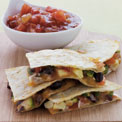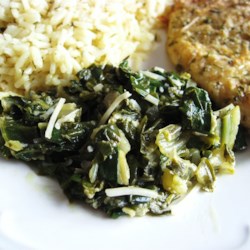Farm Update
 |
| Fred was able to eat the very first ripe cherry tomatoes this week, but it will probably be a week or two before we start having them in the shares. |
What to Expect in Your Share This Week
 |
| Rows of frisee look like a green fireworks display in the field! |
- Choice of beets or cucumbers
- Choice of potatoes or blueberries
- Choice of carrots or broccoli
- Snap beans
- Choice of zucchini or basil
- Choice of romaine heads or spring mix
- Choice of kale or chard
For home/workplace delivery:
A Share: B Share:
Beets Cucumbers
Blueberries Potatoes
Carrots Broccoli
Snap beans Snap beans
Zucchini Basil
Romaine head Spring mix
Kale Chard
Veggie Spotlight: Zucchini
Recipes
There is no vegetable that has such a reputation for abundance
as zucchini. Often overwhelming to those
who have grown it in gardens, zucchini can put out a lot of fruits in a very
short span of time. Fred’s Grandma from up north was infamous for trying to
pawn endless bags of zucchini off to friends and fellow church parishioners during the
height of the season. Most vegetables that are that productive have been bred
for many centuries or even thousands of years, but zucchini is a relatively new
vegetable to mankind. The squash plant
was native to the Americas and was brought back to Europe, after which the
Italians started selecting plants for a more tender, quickly maturing
squash. The first real zucchinis came out
in the late 1800s and were quickly spread through the rest of the world.
 |
| Our squash blossoms are a very popular item with a lot of our chefs, who usually stuff them with a cheese mixture and fry them up. |
At our farm zucchini is more of a minor crop, and most
of the plants are grown on the sides of our coldframes, along with a few plants
outside. These plants are all started in
the greenhouse as transplants and then planted in the coldframes once the first early crop of greens has vacated the space. At that point, we plant the tomatoes and zucchini plants on the space previously occupied by the earliest geens. Then the zucchini plants
quickly grow very large, much larger than they would outside. These large plants put on large fruit as well, and we have found the squash to be much more tender and much more productive
than the outside plants. Not only do the
plants produce the zucchini we look forward to every summer, but we also sell a lot of squash blooms to our higher-end restaurants.
These restaurants usually stuff them with some cheese mixture and then
fry them. We have yet to try this preparation at home, but it does sound delicious! As a farm, we actually make more money off the blooms
than we do the fruit, which is often true for small farms like ours. Unlike most of our crops where we plant many successive plantings, we usually plant just one crop of zucchini. The
plants peaked in production last week and are now on the downhill slide. At the end of their life here, there are a few weeks where the plants will be very large, and they will start to die back from powdery
mildew and squash bugs as the hard-working plants will have expended all of
their energy.
At our house Zucchini is looked forward to every summer (we are
vegetable nerds)! We usually fry it or grill it with some combination of
fresh basil and garlic. This last week
Fred grilled some zucchini with grilled stuffed chicken in a shallot-tomato-basil-cheese
sauce that was amazing. Hopefully, you
folks will get to enjoy some great zucchini meals while it lasts, and don’t
worry, we won’t try pawn big bags of it off on you anytime soon!
Recipes












